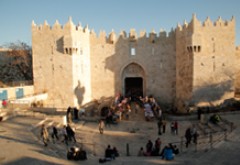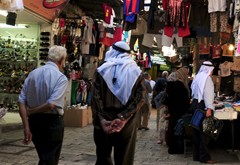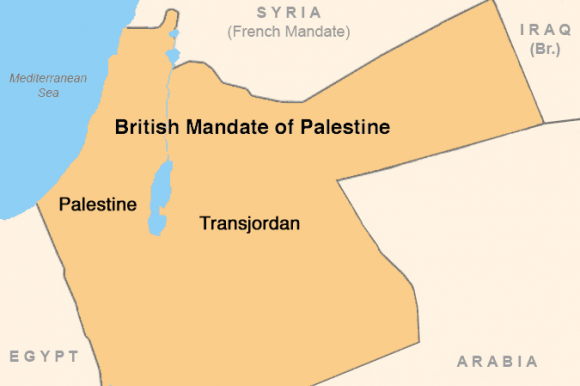In 1917, Jerusalem fell to direct British occupation, after the west controlled the city indirectly for about half a century. This occupation acquired international legitimacy three years later through the mandate system, which lasted until 1948. This period contributed to forming Jerusalem in more ways than one, particularly in preserving its cultural depth, since Britain mastered, at the time, a long legacy of research in the history, antiquity, and geography of Palestine. Among their important accomplishments was the enactment of legislation to protect archeological sites and to preserve the line surrounding the Old City from construction development, protecting the Old City from destruction, and enacting legislation to use stone only in construction within the municipal limits, as part of structural plans they articulated to preserve the archaeological sites of the city. In fact, Jerusalem owes the British mandate for preserving an important part of its architectural and archeological heritage. Perhaps connecting the residents of Jerusalem with their cultural heritage was not the intention of British mandate, as their interest was restricted to preserving the cultural scene of the city, through which they imagined the biblical period. In addition, construction activity prospered outside the Old City and into new neighborhoods, particularly Jaffa street. Construction also picked up inside the Old City, particularly by western institutions, continuing the style started by the mandate of using western architectural styles.
This period also witnessed a large expansion of neighborhoods outside the walls, which included upper and middle class residents of the Jerusalem society. This resulted to the gradual accumulation of the less fortunate classes inside the city walls, in addition to the concentration of modern markets, full of modern goods, outside the walls as well. This development, with all its dimensions, influenced the shape and uses of the Old City, and should not be viewed positively only. The interest of the city elites, capable of investing, was directed outside the city walls, and most of the municipality attention, which represents the wealthy classes of society, was also directed outside the walls. This led to the deterioration of services and general conditions inside the Old City, and the amazing development witnessed by New Jerusalem came at the expense of Old Jerusalem. To put it differently, development outside the walls was not accompanied by a parallel development inside the walls at the same pace and degree.
On the other hand, the British occupation strove with all its force to empower the Jewish presence in the city through representatives of the Zionist movement, whether through facilitating settlement, establishing purely Jewish neighborhoods, and transferring land ownership, or through introducing Jews into all official and unofficial institutions and imposing Hebrew as an official language, in addition to Arabic and English. In fact, British support for the Jewish presence in the city was manifested in various forms, at the expense of the Palestinian residents of Jerusalem, Muslims and Christians alike.








